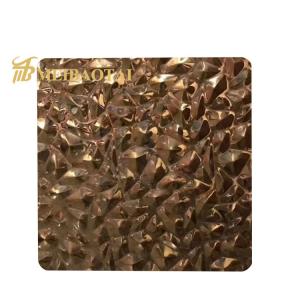
Add to Cart
| Grade | STS 304 | STS 316 | STS 430 | STS 201 |
|---|---|---|---|---|
| Elong(10%) | Above 40 | 30MIN | Above 22 | 50-60 |
| Hardness | ≤200HV | ≤200HV | Below 200 | HRB100,HV230 |
| Cr(%) | 18-20 | 16-18 | 16-18 | 16-18 |
| Ni(%) | 8-10 | 10-14 | ≤0.60% | 0.5-1.5 |
| C(%) | ≤0.08 | ≤0.07 | ≤0.12% | ≤0.15 |








FAQ
Classification
It has gradually formed several major categories in the development process. According to the organizational structure, it is divided into four categories: Austenitic stainless steel plate, Martensitic stainless steel plate (including precipitation hardened stainless steel plate), Ferritic stainless steel plate, and Austenitic plus Ferritic duplex stainless steel plate. The main chemical composition or some characteristic elements in the steel plate are classified into chromium stainless steel plate, chromium nickel stainless steel plate, chromium nickel molybdenum stainless steel plate and low carbon stainless steel plate, high molybdenum stainless steel plate, high purity stainless steel plate and so on.
According to the performance characteristics and use of steel plates, sulfuric acid-resistant stainless steel plates, pitting-resistant stainless steel plates, stress-corrosion-resistant stainless steel plates, high-strength stainless steel plates, etc. are classified. According to the functional characteristics of the steel plate, it is divided into low temperature stainless steel plate, non-magnetic stainless steel plate, free-cutting stainless steel plate, superplastic stainless steel plate and so on. The commonly used classification method is based on the structural characteristics of the steel plate and the chemical composition of the steel plate, as well as the combination of the two.